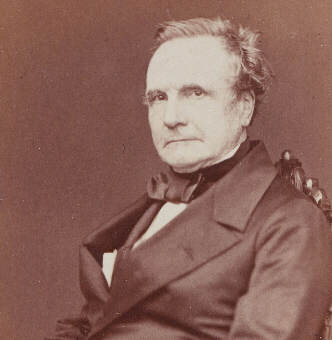When I grew up, the television was placed in the back of our living room, right in the middle, with chairs and sofas pointing towards it. My sister and I could watch it whenever we liked, though not too loud, and we had to move as soon as my mother or father wanted to see stupid, boring adult-television. There was a hierarchy connected to the television set. Our television did not just provide our family with entertainment, but also a political agenda. And we were not the only family. Today's readings describes how every family adjusts themselves to the television in various ways dependent on their culture.
But what about the game console? Here a strong distinction between two types of people appears: The ones who want to hide technology in the form of their computers or consoles, and the ones who want to showcase it. And those who want to hide it, is mostly my generation's parents, forcing gamers to adapt to the television-living-room setup if they wanted to play console games on the television. I remember lying on the floor, pillows under my chest and arms, in order to be placed comfortably and nearer the television. I also remember the "office", where my sister, father and I would play computer games. It usually ended up with my mother sitting on the couch talking to us, although not being the least interested in computer games.
And that leads me back to the politics of all things. A console is a very social object. It's only for gaming, you have a certain distance to the screen so that onlooker can watch and chat, and you are somewhat more mobile, needing only the small controller which you can hold in many, many position. The computer however is more private. You might be checking confidential e-mails, so you don't just walk in and start looking at the computer screen. You are also situated quite close to the screen, leaving little room for potential onlookers.
There are so many ways that digital objects have reconfigured our homes, both physically and socially. For example I doubt that I will have a living room in my future home. I'll have a game room for entertainment and being social, and a dinning room for eating. And everything in between must fit into one of these rooms. Just as I had to adapt myself to a childhood home with a different political agenda than my own.
Today's readings:
- Turkle, “Computer Games as Evocative Objects”
- Flynn, “Geography of the Digital Hearth”
- Lally, “The Domestic Ecology of Objects”
- Poster, “Everyday (Virtual) Life”





